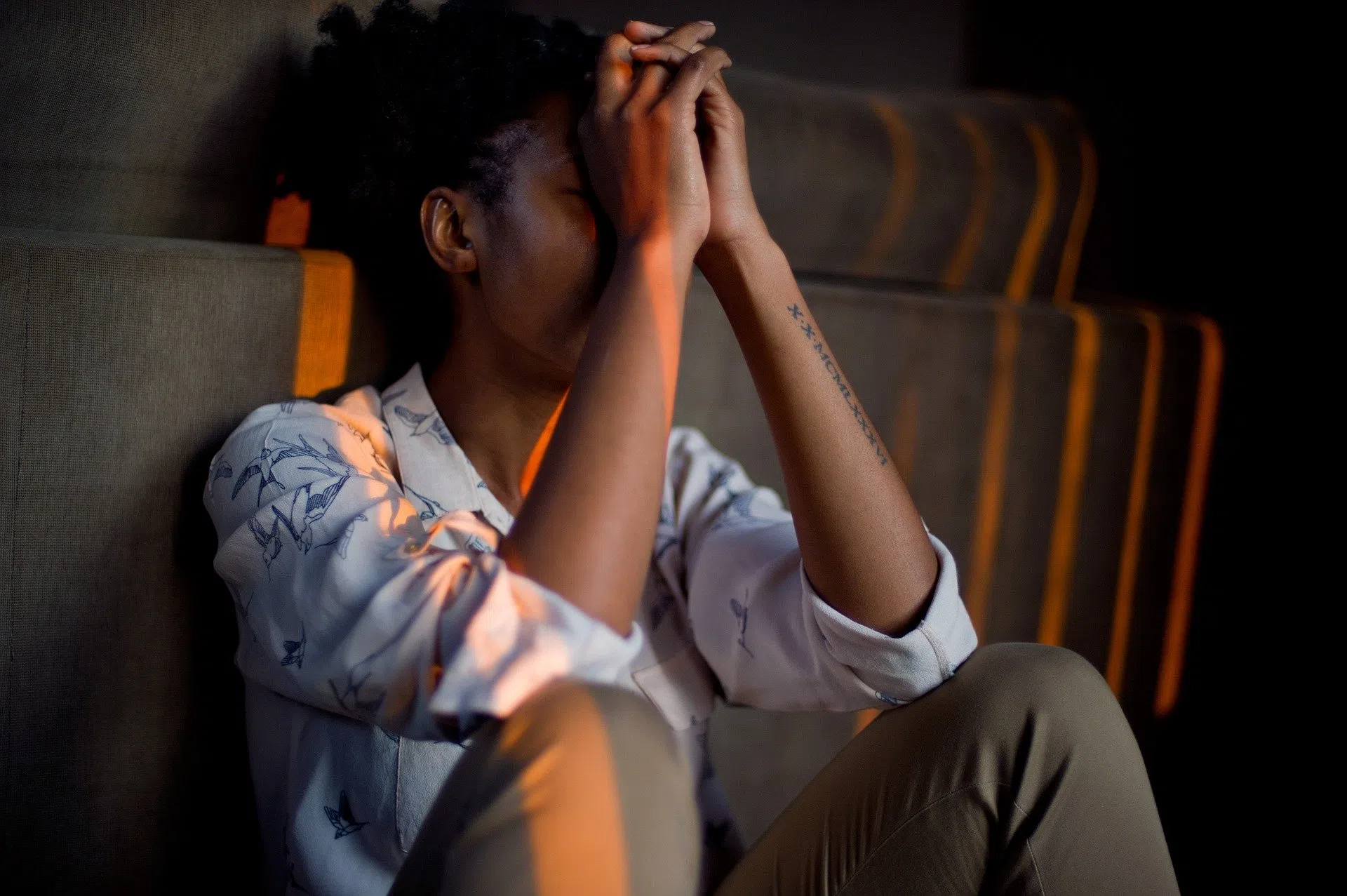
Researchers at Kings and Huron have been examining the habits of 1000 Ontario teenagers from early on in the pandemic. Their research has shown high levels of stress and worries about school and the pandemic. This caused feelings of loneliness as youth didn’t feel popular with their peer groups.
The research was conducted by Dr. Tara Dumas, Assistant Professor of Psychology at Huron, and Dr. Wendy Ellis, Associate Professor of Psychology at Kings University College. Their findings have been published in two papers “Physically isolated but socially connected: Psychological adjustments and stress among adolescents during the initial COVID-19 crisis.” The second paper is titled “What Does Adolescent Substance Use Look Like During COVID-19 Pandemic?” The research was funded by the SSHRC Insight Development Grant.
Before the pandemic hit the researchers were collecting data at Ontario schools. Realizing the impact social distancing would have on teenagers they re-designed their study.
The results of the first study found that:
- 43% of teens said they were “very concerned” about the pandemic. 72% reported being “very
concerned” about the impact on their school year and over 40% were “very worried” about
feeling connected to their friends. - Researchers also measured how teens were spending their time in those early weeks of the
pandemic. Since schools closed, 48% reported spending more than 5 hours per day on social
media and 12% reported spending more than 10 hours per day. Social media use was related to
greater depression but not loneliness. - Teens also reported on the frequency of connecting with friends online and spending time with
family. Around 50% of teems reported spending between 1-2 hours a day texting or video
chatting with friends. Time connecting to friends was related to less loneliness, but also higher
depression. - 40% of teens reported spending more than one hour a day with parents and siblings. But this
time with family protected against feelings of both loneliness and depression, beyond the level
of COVID-19 stress teens were experiencing. - Finally, despite low levels of physical activity reported by teens, there was a protective effect of
exercise on reported loneliness.
“These findings highlight promising ways to ameliorate feelings of loneliness among teenagers during social isolation, for example, spending time with family, time connecting to friends, and engaging in physical activity. At the same time, it is important to be mindful of teen’s online activities, including social media use and the supportiveness of virtual connections, especially in relation to depressive symptoms,” explained Dr. Wendy Ellis, King’s University College.
The second study looked at how stress during the Pandemic related to teens’ adjustment and their substance use.
- Canadian teens are engaging in substance use during the pandemic in multiple contexts
including alone (49.3%), virtually with friends (31.6%), and, shockingly, face-to-face with friends (23.6% of the sample). - The frequency of teens’ alcohol and cannabis use has increased since the pandemic, but not the frequency of binge drinking or cannabis use.
- Increased COVID-19-related fears and depression were associated with a greater likelihood of solitary substance use while concerns for how social distancing would affect peer reputation were associated with a greater likelihood of face-to-face substance use, particularly among teens who felt they had low popularity among peers.
- Teens have real concerns about what social distancing from friends will do to their relationships and reputations, this appears to have consequences for adherence to social distancing practices, particularly among teens who don’t feel popular.
“It’s important, I think, for parents to be aware of their teens using substances alone, it may be a sign they are struggling with COVID-related fears or depressive symptoms,” Explained Dr. Dumas.
“For adolescents, the effects of this stress is worrisome. During the teen years, there is an increasing desire for autonomy, peer connection, and risk-taking behaviors, all of which may be hindered when they are forced to physically distance from friends,” Added Dr. Ellis.
Dr. Dumas says that the next step is to continue to track how teens are adjusting through the pandemic as new stresses could occur.





Comments